Your Complete Guide to Choosing the Perfect Baby Crib: Safety, Convenience, and Comfort
Introduction:
Welcome to your ultimate guide on everything you need to know about baby cribs. As a parent, ensuring your little one’s safety, comfort, and convenience are top priorities, and selecting the right crib plays a crucial role in this. In this comprehensive article, we’ll delve into the world of baby cribs, exploring different types, features, and brands to help you make an informed decision for your precious bundle of joy.
Understanding Baby Cribs: Safety and Comfort for Your Baby
What Makes a Baby Crib Essential for Your Nursery?
A baby crib, often referred to as a cot or bassinet, is the cornerstone of your nursery, providing a secure and comfortable sleeping space for your little one. It offers a designated area where your baby can rest peacefully, fostering healthy sleep habits from the earliest stages of infancy. Investing in a quality crib ensures that your baby has a safe haven for sleep, reducing the risk of accidents and promoting optimal development.
Safety First: Key Features to Look for in a Baby Crib
When choosing a baby crib, safety should be your top priority. Look for cribs with sturdy construction, preferably made from solid wood or metal, to ensure stability and durability. Ensure that the crib meets safety standards such as JPMA certification, indicating compliance with industry regulations. Additionally, opt for cribs with adjustable mattress heights to accommodate your growing baby and prevent accidents.
Exploring Different Types of Baby Cribs: Finding the Perfect Fit
Traditional Cribs vs. Convertible Cribs: Which One is Right for You?
Traditional cribs, also known as cots or bassinets, offer a timeless design with fixed sides and a standard mattress size, ideal for newborns and infants. On the other hand, convertible cribs provide versatility by transitioning into toddler beds or even full-size beds as your child grows. Consider your long-term needs and budget when choosing between the two options, ensuring that the crib aligns with your evolving nursery setup.
Portable and Travel Cribs: Convenience on the Go
For families on the move or with limited space, portable and travel cribs offer unmatched convenience. These cribs, sometimes referred to as travel beds or portable bassinets, are lightweight, foldable, and easy to transport, making them perfect for travel, visits to family and friends, or simply moving around the house. Look for cribs with compact designs and durable construction, ensuring that your baby has a comfortable sleep environment wherever you go.
Comparing Top Baby Crib Brands
Pamo Babe
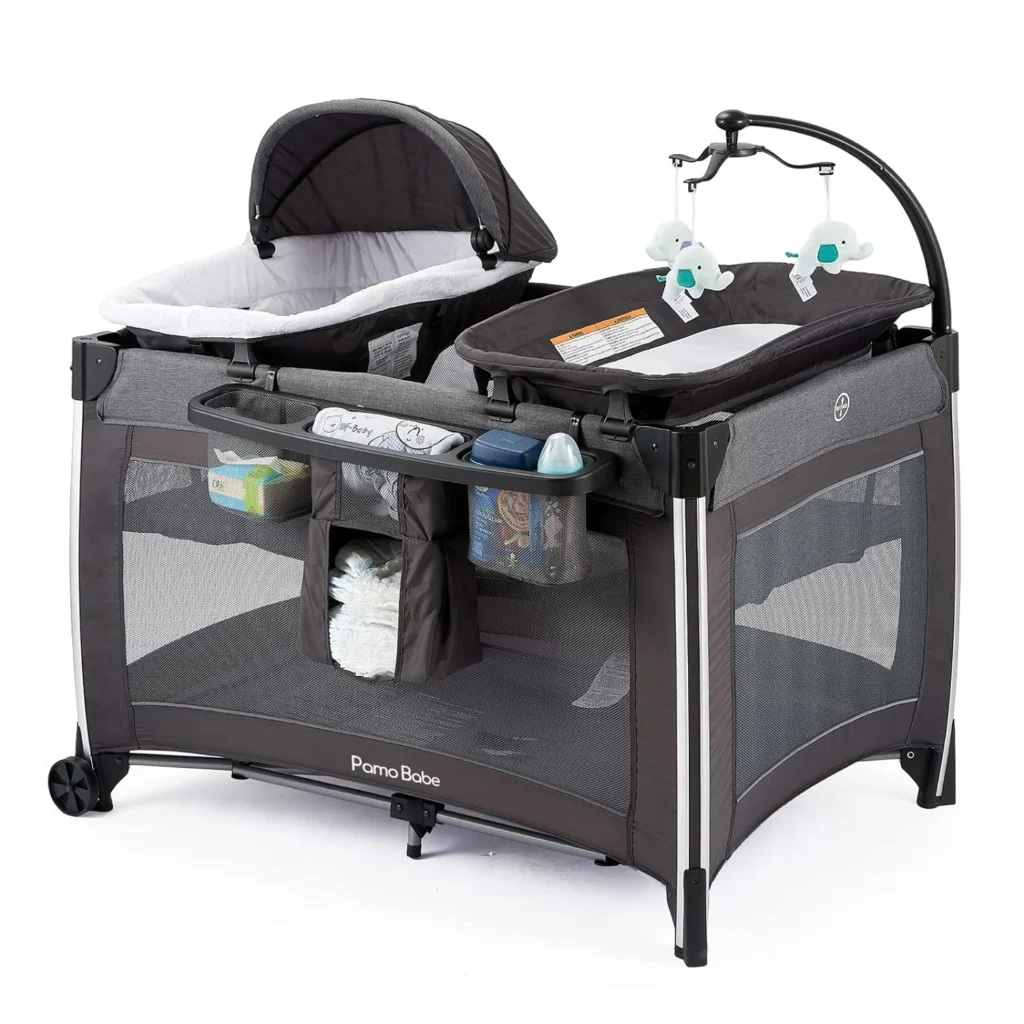
- Pamo Babe is celebrated for its innovative designs that seamlessly blend safety, functionality, and aesthetics. Their cribs are often characterized by sleek lines, modern finishes, and adjustable features to accommodate the growing needs of babies. Pamo Babe cribs prioritize both style and substance, making them an attractive option for parents looking to create a contemporary nursery environment. However, some users have reported minor challenges with assembly instructions, which could be improved for better user experience.
Adovel
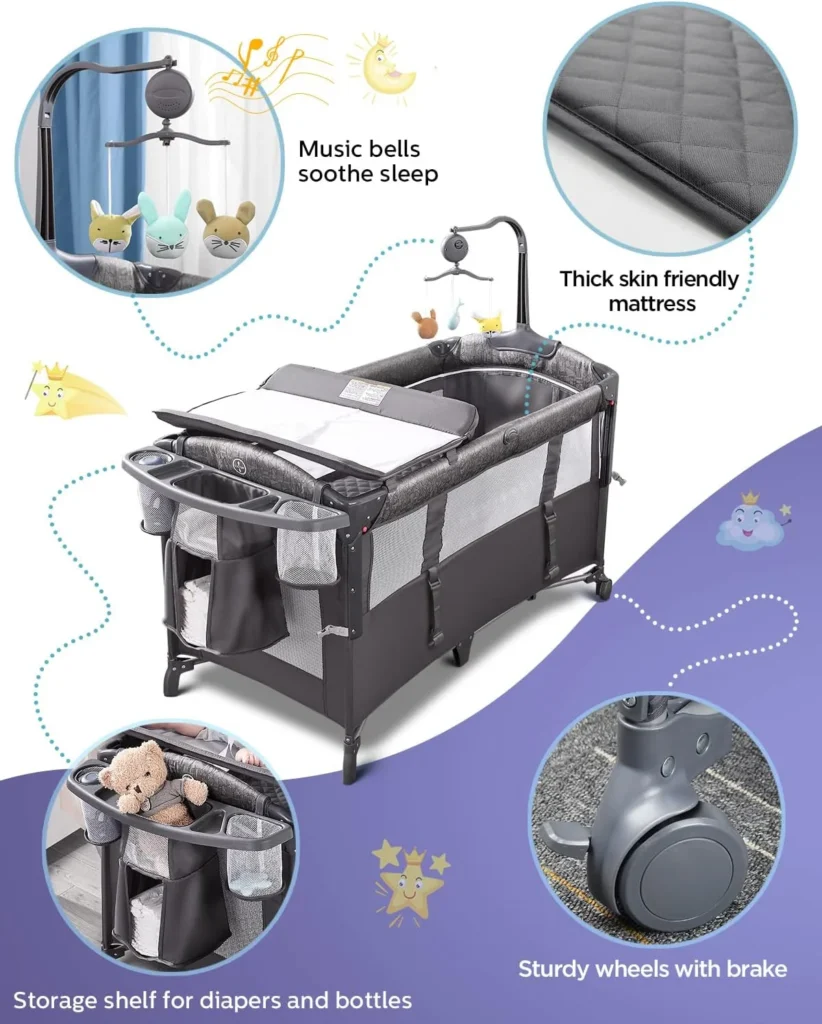
- Adovel is known for its commitment to safety and affordability, making their cribs accessible to a wide range of families. Their cribs feature sturdy construction, often made from high-quality materials, ensuring durability and longevity. Adovel cribs also typically come with JPMA certification, providing assurance of compliance with safety standards. While users appreciate the straightforward assembly process, there have been occasional reports of issues with mattress fit, requiring careful consideration during setup.
Baby Trend
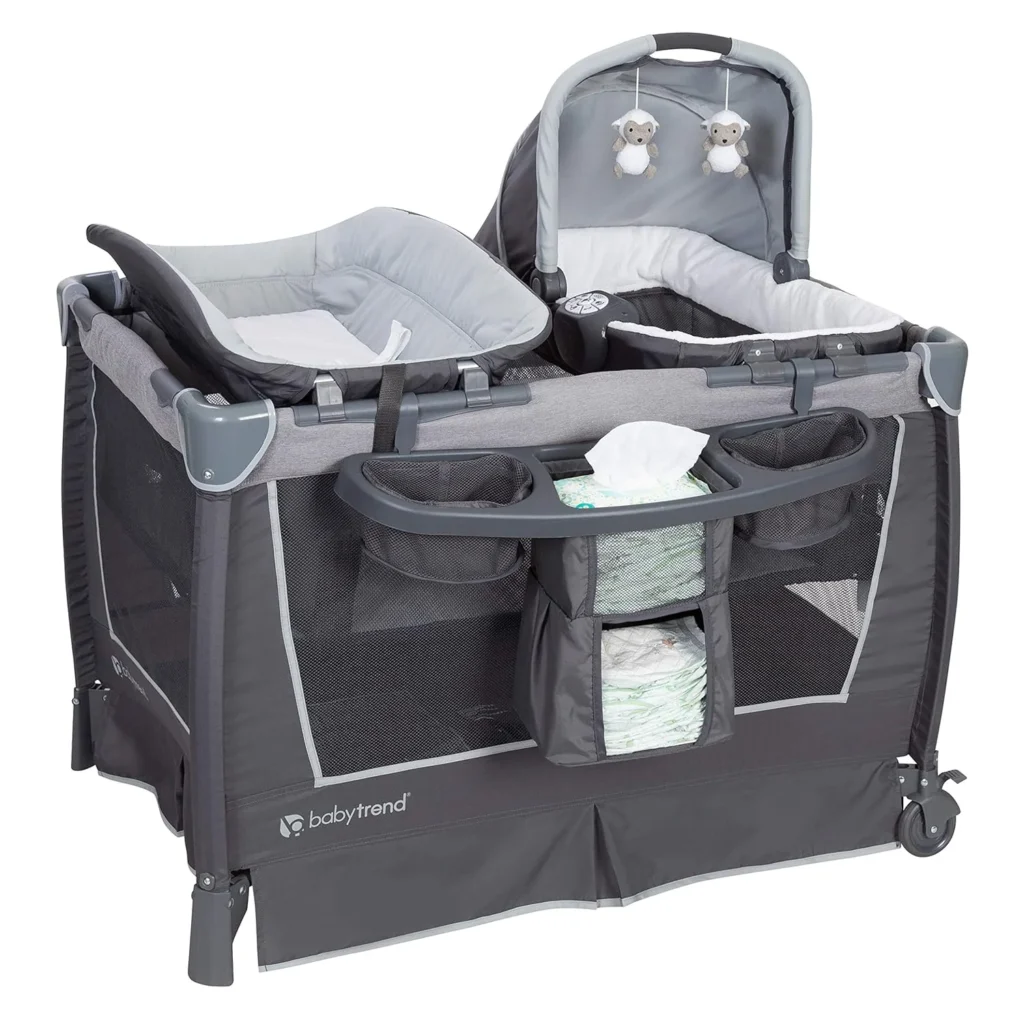
- Baby Trend is synonymous with reliability and versatility in the baby gear industry, including cribs. Their cribs offer a diverse range of options to cater to different preferences and budgets. Baby Trend cribs are known for their sturdy construction, ease of assembly, and adherence to safety standards. Most users have positive experiences with Baby Trend cribs, praising their durability and functionality.
Graco
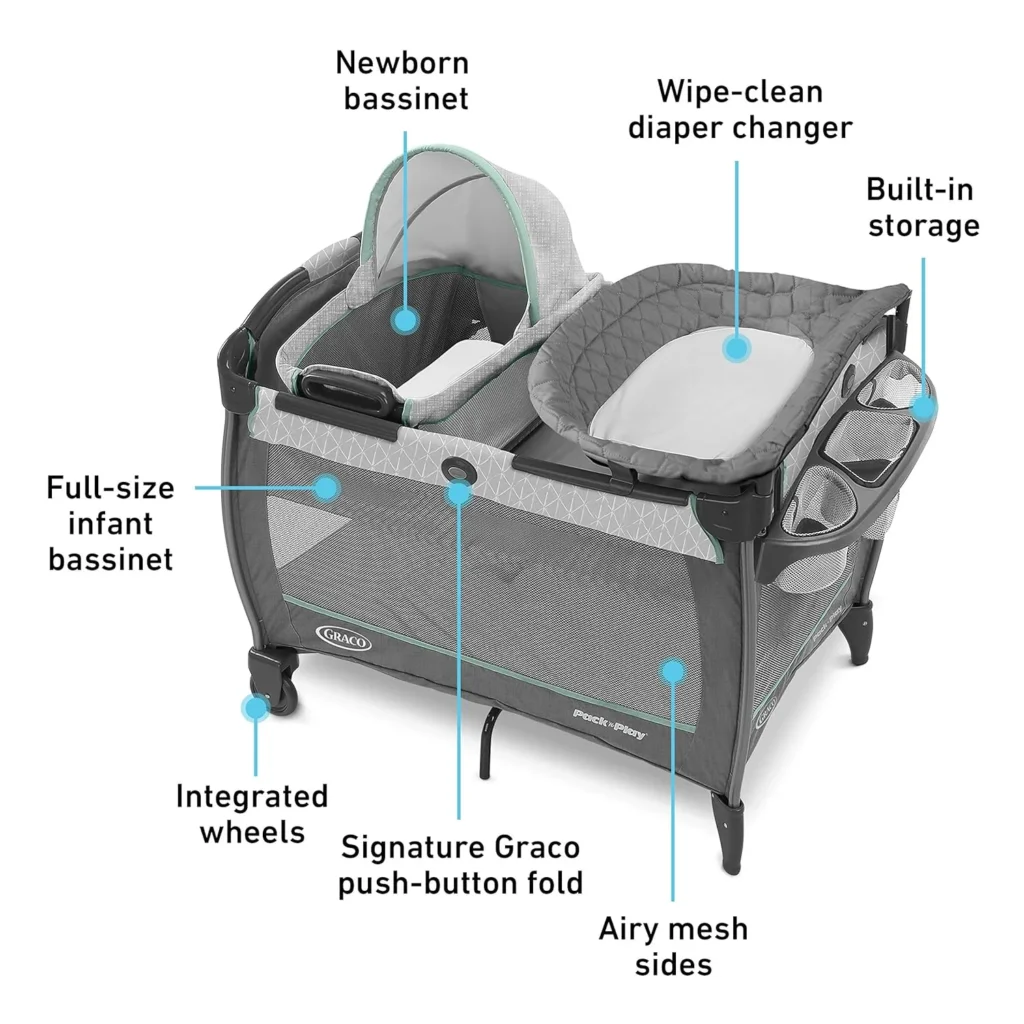
- Graco is another trusted name in the baby gear industry, known for its quality and affordability. Their cribs are designed with safety and convenience in mind, featuring sturdy construction and user-friendly features. Graco cribs often come with adjustable mattress heights and convertible options, allowing for seamless transition as your child grows. While the majority of users are satisfied with Graco cribs, there may be occasional reports of quality control issues, underscoring the importance of thorough inspection upon receipt.
Baby Bond
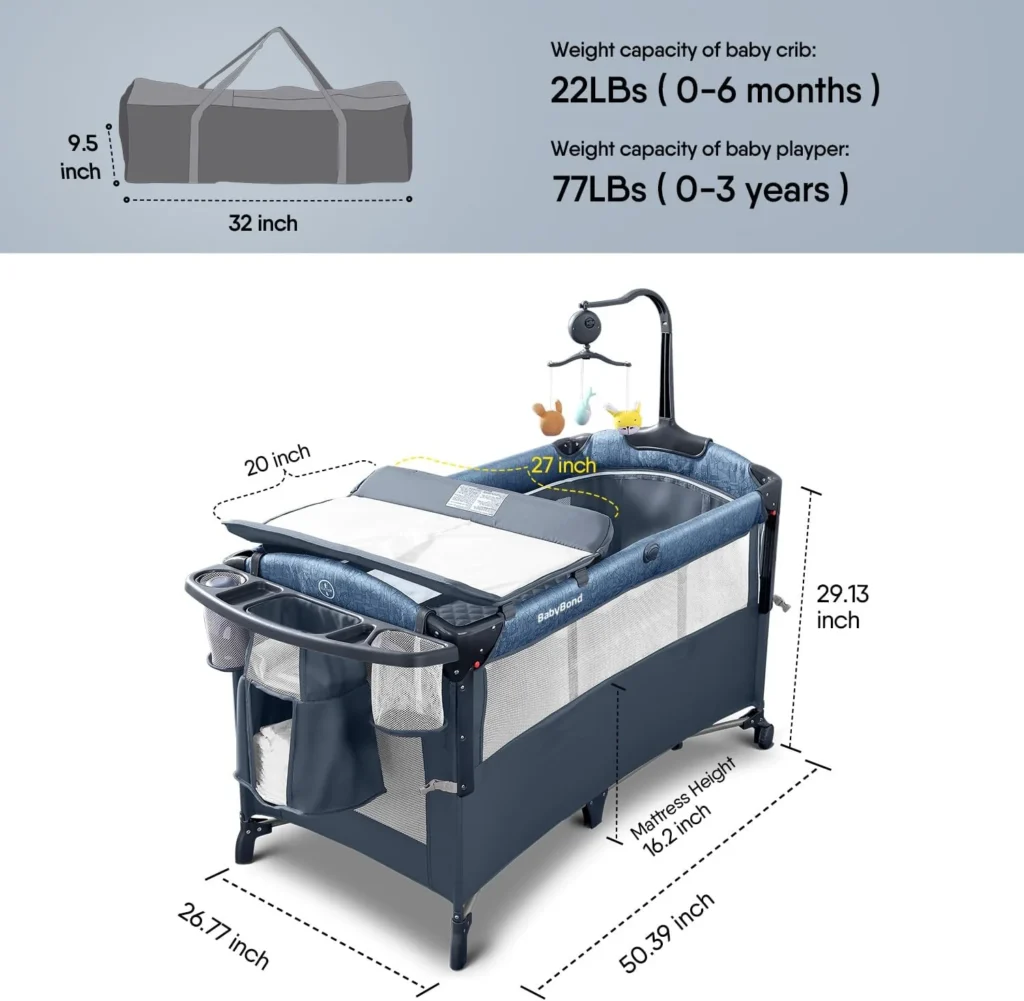
- Baby Bond caters to parents seeking luxury and elegance in their nursery decor. Their cribs boast exquisite craftsmanship, premium materials, and sophisticated designs, elevating the ambiance of any nursery. Baby Bond cribs are known for their luxurious finishes and sturdy construction, offering a high-end option for discerning parents. However, premium pricing may deter budget-conscious buyers.
Angel Bliss
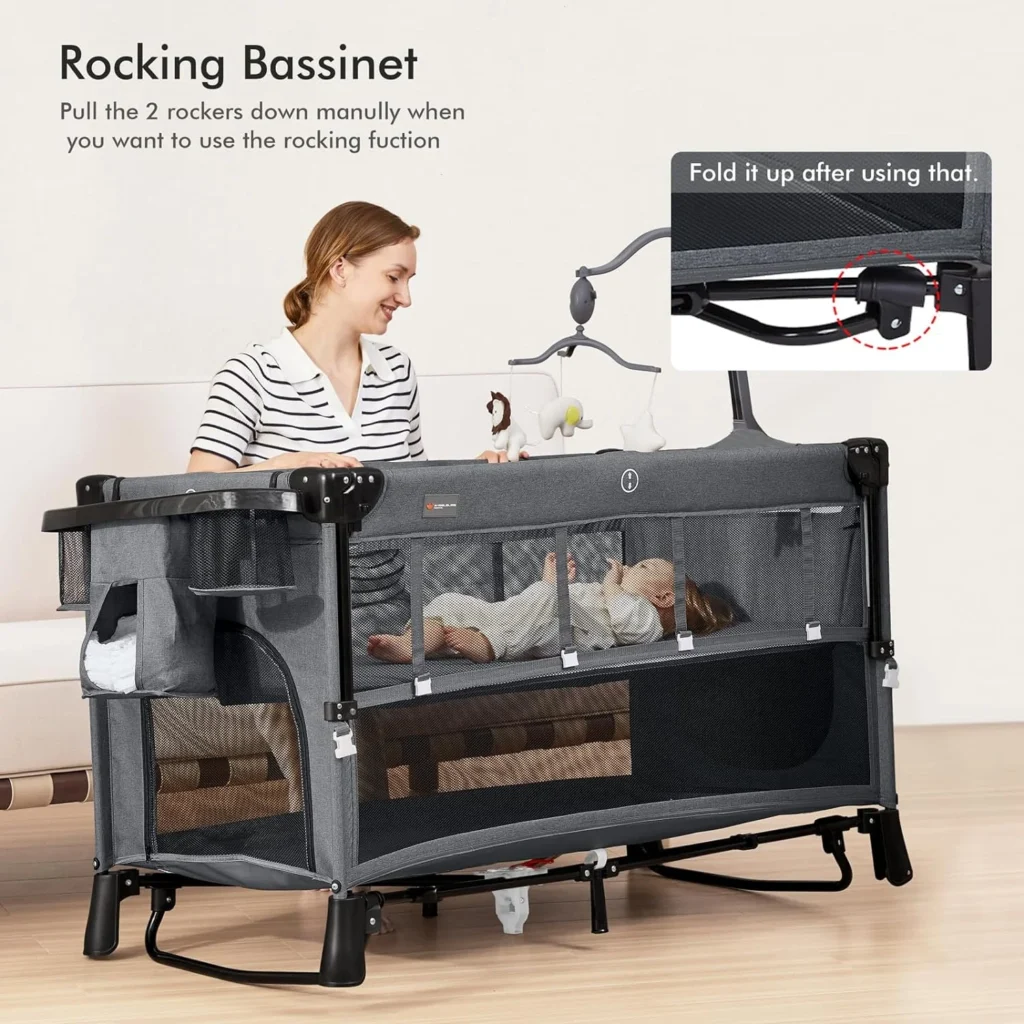
- Angel Bliss specializes in luxurious and elegant cribs that exude sophistication. Crafted from high-quality materials with meticulous attention to detail, Angel Bliss cribs elevate the aesthetic of any nursery. These cribs are renowned for their luxurious finishes, durability, and timeless designs, making them a coveted choice for parents with a penchant for luxury. However, the premium pricing may be a consideration for budget-conscious buyers.
Each brand has its unique features, pros, and cons, catering to different preferences and budgets. By considering these factors alongside personal preferences and requirements, parents can make an informed decision when selecting the perfect baby crib for their little one’s nursery.
Making the Decision: Factors to Consider When Choosing a Baby Crib
Budget Considerations and Value for Money
When selecting a baby crib, it’s essential to consider your budget and the overall value offered by the crib. While higher-priced cribs may boast additional features or premium materials, budget-friendly options can still provide safety and functionality without breaking the bank. Evaluate your priorities and determine the best balance between cost and quality for your needs.
Nursery Space and Crib Size
The size of your nursery and available space will influence your crib selection. Measure your nursery dimensions carefully and choose a crib size that fits comfortably without overcrowding the room. Consider cribs with space-saving features such as adjustable mattress heights or convertible designs that can adapt to your changing needs as your baby grows.
User-Friendly Features and Convenience
Look for cribs with user-friendly features that enhance convenience and ease of use. Features like adjustable mattress heights, teething rails, and easy-to-follow assembly instructions can simplify your parenting journey and provide added peace of mind. Consider how these features align with your lifestyle and caregiving preferences when making your final decision.
Safety Standards and Certifications
Safety is paramount when choosing a baby crib, so be sure to prioritize cribs that meet or exceed safety standards and certifications. Look for cribs that are JPMA (Juvenile Products Manufacturers Association) certified or compliant with ASTM (American Society for Testing and Materials) safety standards. Additionally, check for features such as sturdy construction, non-toxic finishes, and secure hardware to ensure your baby’s safety while sleeping.
Design and Aesthetic Appeal
While safety and functionality are top priorities, the design and aesthetic appeal of the crib also play a significant role in the overall nursery decor. Consider your personal style preferences and the existing theme of your nursery when choosing a crib design. Whether you prefer modern, traditional, or eclectic styles, there are cribs available to suit every taste and aesthetic preference.
By carefully considering these factors and weighing your options, you can confidently choose the perfect baby crib that meets your needs, preferences, and budget requirements. Remember to prioritize safety, durability, and functionality while also selecting a crib that complements the overall aesthetic of your nursery.
Conclusion:
In conclusion, choosing the perfect baby crib involves considering a range of factors, from safety and comfort to convenience and style. By exploring different types of cribs and comparing top brands, you can make an informed decision that meets your family’s needs. Remember to prioritize safety, invest in quality, and create a nurturing sleep environment for your little one. With the right crib, you’ll provide your baby with a secure and comfortable haven for restful sleep and peaceful nights.
Answering Common Questions About Baby Cribs
In this section, we’ll address some of the most common questions parents have about baby cribs to provide clarity and guidance on crib selection and usage:
What is the Difference Between a Cot and a Crib?
A cot and a crib are both infant sleep solutions, but they differ in several key aspects.
- Size: Generally, a cot is smaller than a crib, making it suitable for newborns and younger babies. Cribs, on the other hand, are larger and designed to accommodate infants as they grow.
- Design: Cots often have mesh or fabric sides and are more lightweight and portable, making them ideal for travel or temporary use. Cribs, meanwhile, typically have slatted sides and are more robust, providing a secure sleep environment for babies.
- Usage: Cots are commonly used in situations where portability and convenience are important, such as travel or co-sleeping arrangements. Cribs are intended for everyday use in the nursery and provide a long-term sleep solution for babies.
Is it Safe to Put a Baby in a Crib?
Ensuring the safety of your baby in a crib is paramount. Here are some essential safety guidelines:
- Proper Assembly: Follow the manufacturer’s instructions carefully when assembling the crib to ensure it is sturdy and secure.
- Mattress Firmness: Use a firm, flat mattress that fits snugly within the crib frame to reduce the risk of suffocation or entrapment.
- Crib Bedding: Avoid using soft bedding, such as pillows, blankets, or crib bumpers, as they can pose suffocation hazards. Instead, opt for a fitted crib sheet and dress the baby in appropriate sleepwear to keep them warm.
What Age Do Babies Sleep in Cribs Until?
Babies typically sleep in cribs from birth until around 18 to 24 months of age, although this can vary depending on individual developmental milestones and preferences.
- Transition to Toddler Bed: When your child starts showing signs of climbing out of the crib or becomes too large for it, it may be time to transition to a toddler bed. This usually occurs around the age of 2 or when the child reaches a height of about 35 inches.
Do I Really Need a Crib for My Baby?
Using a crib for your baby offers several benefits:
- Safety: Cribs provide a safe and secure sleep environment, reducing the risk of accidents or injuries during sleep.
- Comfort: Cribs are designed to promote healthy sleep habits and provide a comfortable space for your baby to rest and sleep.
- Establishing Routine: Using a crib can help establish a consistent sleep routine for your baby, fostering healthy sleep habits from an early age.
Overall, while cribs are not strictly necessary for every family, they offer numerous advantages in terms of safety, comfort, and sleep routine establishment for both babies and parents.
